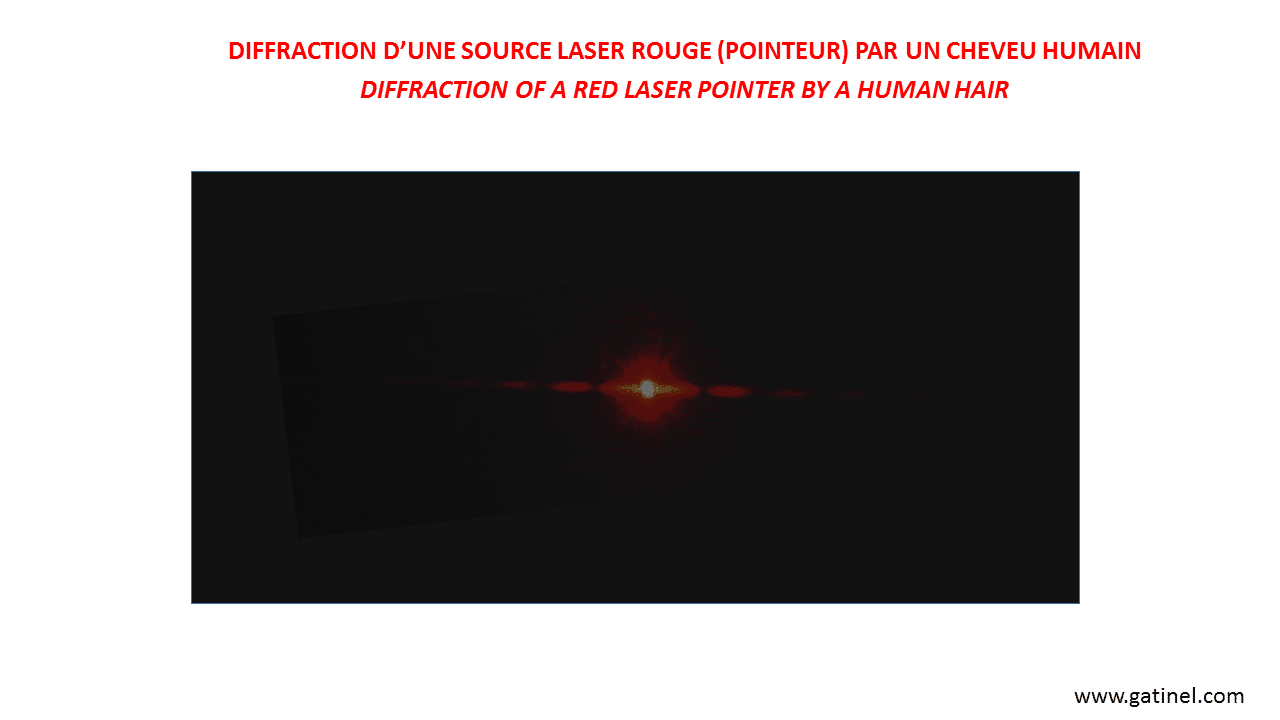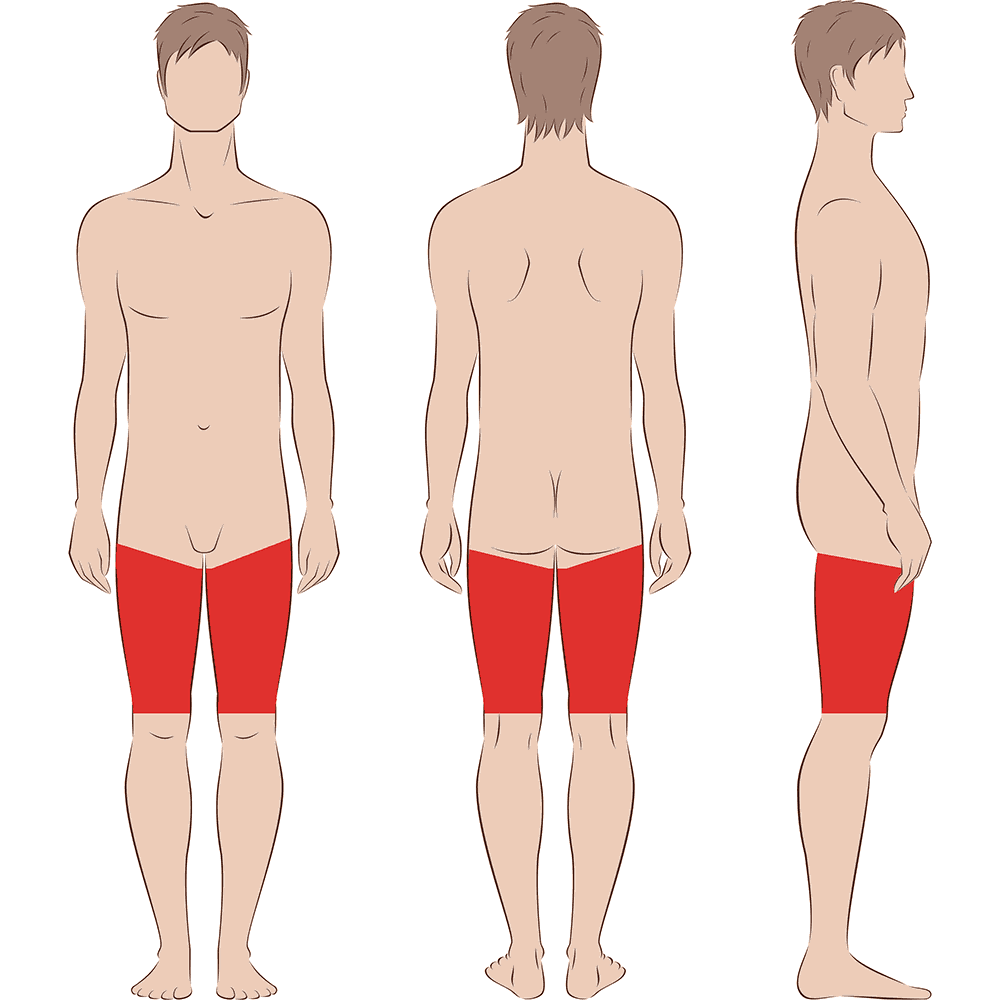
The micrometer could be done faster to obtain an approximately accurate result, and there was no need to consider about the distance between the micrometer and the hair. When a laser beam illuminates a human hair, the diffraction pattern that results is much like the pattern produced when light passes through.

The slits, but the micrometer had more uncertainties in measurement. It is often necessary to measure the diameter of fine wire, hair, yarn or filament. Interference method could accurately measure the diameter of the hair or the width InĪddition, the laser beam had to be perpendicular and pass through the hole equally Laser diffraction offers a simple, fast, and reproducible technique to measure particle size reliably however, samples can sometimes present results that are. Otherwise, this equation could not be applied in this case. For the demonstration, I actually used two different lasers, a red one and a green one. The distance between the lens and the white board was a lot larger than theĭiameter of the hair, the equation mentioned could be used to compute the diameter Measuring the diameter of a hair using laser diffraction lab Materials needed: a laser, a hair, a ruler, some cardboard, tape, a large, white wall to project the light onto, a table or other flat, level surface to set the laser and other materials. There was a dark space between 2 bright fringes as shown in figure 2. diffraction of light, including double slit interferometry, calculating the wavelength of red and green lasers, and measuring the diameter of a human hair. Each student will provide three hairs and the diameters of each will be calculated and averaged together, using both colors of laser light in an effort to see which of the two provide more precise measurements. How does light diffraction work Learn with lasers and human hair - YouTube Are you a fan of cool science experiments Alvaro, a physicist from the Omni Calculator team, shows you how to. This is laboratory experiment to find the diameter of thin wire using laser.Points explained:laser,characteristics of laser,application of laser,laser experi. Take special care to ensure the incident laser beam is perpendicular to the meter stick and the grating. Second Order 2 0.873 rad d 2 / sin (2) 1.65 m which corresponds to a. The distance L should be about 50 cm and the diffraction grating used here contains 600 lines per mm. From the measurements made with the Paton Hawksley grating on the first and second order diffraction maxima we obtained the following data: First Order 1 0.402 rad d / sin (1) 1.62 m which corresponds to a pitch of 617 l/mm. Light when their distance travelled was a half wavelength difference. My project consists of the diffraction of laser light of 2 known wavelengths around the hair follicles of several Vassar students. Set up Figure 4 using the laser, diffraction grating, and meter stick. Travelled equal distance, the light was the brightest. At the middle of the light source where both secondary light sources Seven CCD cameras monitor the diagnostic alignment.Based on the observation of this experiment, light interfered constructivelyĪnd destructively depending on the distance travelled by each of the secondary All optical lenses are on kinematic mounts so that the pointing accuracy of the optical axis can be checked. A unique resolution pattern has been designed to validate the VISAR diagnostic before each use. The only thing blocking the laser light on a fourth slide is a hair.
 Place the hair so that it bisects thethe hair on the bracket using tape.
Place the hair so that it bisects thethe hair on the bracket using tape. The first triplet can be no closer than 500 mm from the target chamber center and is protected from debris by a blast window that is replaced after every event.

Special coatings on the mirrors and cutoff filters are used to reject the NIF drive laser wavelengths and to pass a band of wavelengths for VISAR, passive shock breakout light, or thermal imaging light (bypassing the interferometers). A 60-kW VISAR probe laser operates at 659.5 nm with variable pulse width. The optical relay sends the image out an equatorial port, through a 2-inch-thick vacuum window, and into two interferometers. An 8-inch-diameter fused silica triplet lens collects light at f/3 inside the 30-foot-diameter vacuum chamber. A VISAR (Velocity Interferometry System for Any Reflector) diagnostic has been designed to measure shock velocities, shock breakout times, and shock emission of targets with sizes from 1 to 5 mm. The National Ignition Facility (NIF) requires diagnostics to analyze high-energy density physics experiments. A new comparator was used for the measurement of diameter and form of cylinders, sphere and cubes under clean-room conditions and the uncertainty of outer diameter measurements to U10 nm per 100 mm 12, 13.


 0 kommentar(er)
0 kommentar(er)
